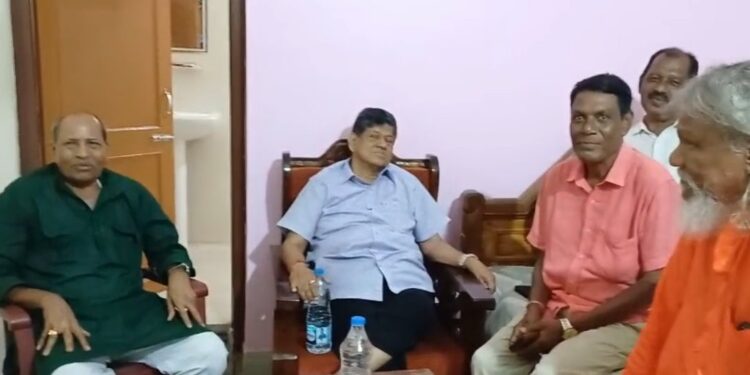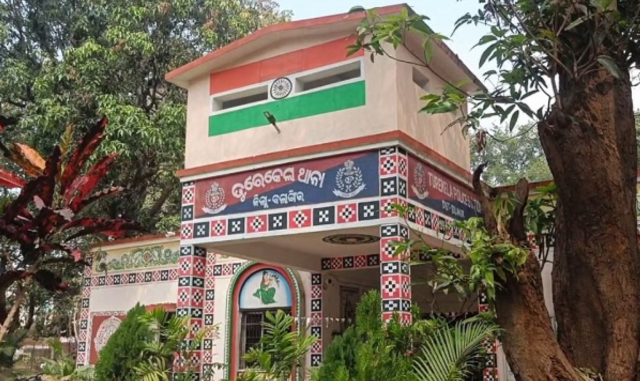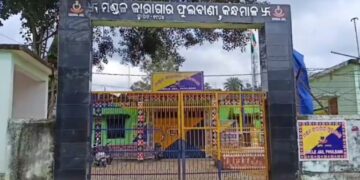A recent gathering of former Biju Janata Dal (BJD) leaders at the Olasuni Gumpha Peeth in Jajpur district has ignited speculation about the formation of a new political alternative in Odisha.
The meeting, attended by prominent figures such as Amar Satpathy, Prabhat Tripathy, Soumya Ranjan Pattnaik, Prasanna Patasani, Rabi Pani, and Ramachandra Hansda, has raised eyebrows in political circles. While the leaders described the event as a personal get-together, political observers see it as the foundation for a new political outfit.
The meeting comes at a time when Odisha’s political landscape is undergoing significant changes. The 2024 Assembly elections ended BJD’s 24-year reign, with the Bharatiya Janata Party (BJP) forming the government under Chief Minister Mohan Charan Majhi. The BJP has prioritised development and administrative reforms, but the opposition BJD is grappling with internal dissent and leadership crises. Naveen Patnaik continues to lead the BJD in its role as the opposition, but dissatisfaction among senior leaders, particularly over issues like the party’s support for the Waqf Bill, has fueled talks of rebellion.
According to a senior leader present at the Olashuni meeting, the gathering was primarily a social event, but political discussions were inevitable given the attendees’ stature. “When senior leaders meet, political talks naturally arise. We discussed Odisha’s current political scenario, but no concrete decisions were made,” the leader stated. However, they did not rule out the possibility of forming a new political party in the near future, hinting at a growing need for an alternative force in the state.
Odisha’s political history has seen shifts before, and the 2024 elections marked a significant turning point. The BJD’s defeat has exposed cracks within the party, with issues like Naveen Patnaik’s succession and the controversial role of V.K. Pandian stirring unrest. Meanwhile, the Congress remains a weak player in the state, struggling to regain its foothold. This vacuum has led to speculation that disgruntled BJD leaders could form a new party to challenge the BJP-BJD dominance.
The Olashuni gathering is not an isolated event. Similar meetings of disaffected BJD leaders have been reported in Bhubaneswar, including private hotel gatherings, signalling a brewing discontent. Political analysts suggest that Odisha’s electorate may be ready for a third political force, one that could disrupt the current two-party rivalry. However, the success of such a venture would depend on organisational strength, public support, and a clear ideological vision.
Prabhat Tripathy, one of the attendees, downplayed the political significance of the meeting, stating, “It was a friendly gathering at Olashuni. We were invited as friends, and no specific political agenda was discussed.” Yet, the timing and composition of the meeting have kept the rumour mill active.
As Odisha navigates this period of political transition, the possibility of a new party emerging from the BJD’s internal turmoil cannot be dismissed. Whether this gathering marks the beginning of a new chapter or remains a fleeting moment of discontent, only time will tell. For now, all eyes are on these veteran leaders and their next moves.





























